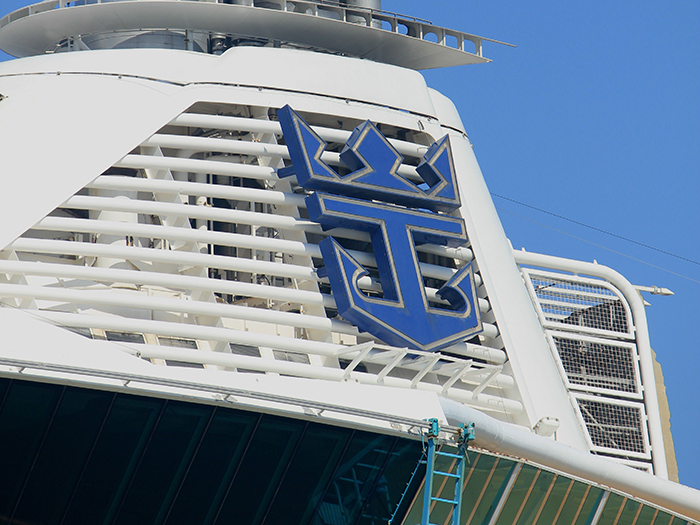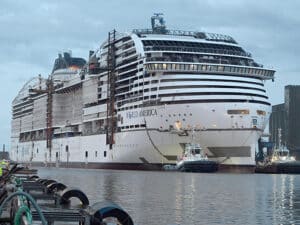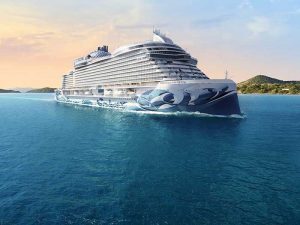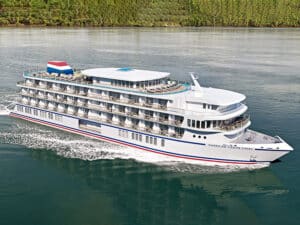
RCL posts $1.6 billion second quarter loss
Written by Nick Blenkey
Shutterstock
The no sail orders imposed in response to the coronavirus pandemic continue to put the cruise industry under huge financial pressure. Royal Caribbean Group (NYSE: RCL) today reported a U.S. GAAP net loss for the second quarter of $1.6 billion compared to income of $472.8 million in the 2019 second quarter, The 2020 results include a non-cash asset impairment loss of $156.5 million. The company’s adjusted net loss for the quarter was $1.3 billion compared to adjusted net income of $532.7 million in the 2019 second quarter.
“The COVID-19 pandemic is posing an unprecedented challenge to our industry and society. Our teams are working tirelessly to return to service soonest and doing so by developing new health and safety protocols to protect the well-being of our guests, crew and destinations we visit,” said Richard D. Fain, Chairman and CEO. “In the meantime, we are using this time to refine our operations to be as efficient as we can while providing the great experiences that so many people are eagerly awaiting.”
The company says it continues to prioritize and bolster its liquidity and that, since its last earnings call, it has taken further actions to enhance its liquidity, preserve cash and secure additional financing, including:
- The issuance of $1.0 billion of priority guaranteed notes and $1.15 billion of convertible notes;
- The issuance of GBP 300 million of commercial paper in the U.K. providing over $370 million of additional liquidity;
- Completed a $0.9 billion 12-month debt amortization holiday from all export-credit backed facilities;
- Amended over $11 billion of commercial bank and export credit facilities to provide covenant waivers through the fourth quarter of 2021; and
- Further reduced operating expenses due to the fleet layup measures and actions to decrease sales, marketing and administrative expenses.
In addition, the company has $11.3 billion of committed credit facilities that are available to fund ship deliveries originally planned through 2025.
“We continue to take substantial actions to bolster our financial position,” said Jason T. Liberty, executive vice president and CFO. “We have accessed the capital market in an opportunistic manner and continue to aggressively manage our spend. We are prepared to navigate a volatile period while making decisions that position the company well for the recovery.”
CASH BURN
The company estimates its cash burn to be, on average, in the range of approximately $250 million to $290 million per month during a prolonged suspension of operations. This range includes all interest expenses, including the increases driven by the latest capital raises. It also includes ongoing ship operating expenses, administrative expenses, hedging costs, expected necessary capital expenditures (net of committed financings in the case of newbuilds) and excludes cash refunds of customer deposits, commissions, debt obligations and cash inflows from new and existing bookings. The Company is considering ways to further reduce its average monthly cash burn under a further prolonged out-of-service scenario and during re-start of operations.




